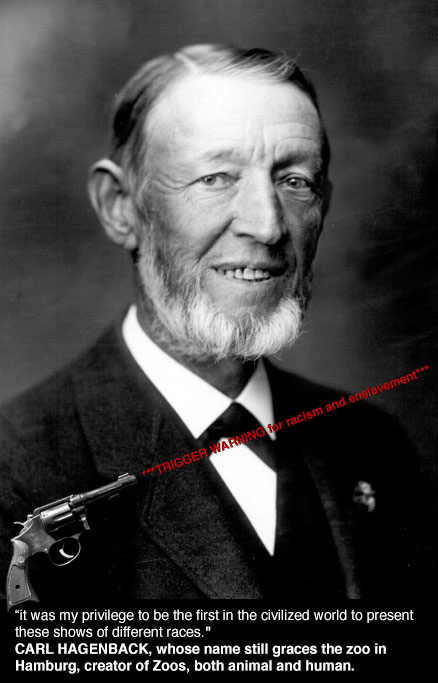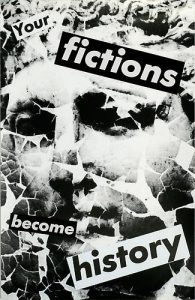It’s been about a month since I made my initial post on the Trigger Warning that appeared on Sociological Images. Since then, they’ve posted another post with the exact same trigger warning and issue. It has been very generative for me to experience this. I am working through what it means to face oppression the way that we do. I think I am almost comfortable with my thoughts on it, which is good because I have a final presentation/performance thing for my last performance studies course ever on December 7th and that is what I wrote/am writing on. This is what I’ve come up with so far (aka iteration/draft 1) for my digital installation:
I might play with it a bit more… I might even try to play with popcorn.js, but I am happy with where it is. Popcorn Maker was easy to use. Working through this allowed me to let go of that second post. I think I don’t need to comment on it. But I will add it to the list of things that make me shake my head and push me to do my project.

